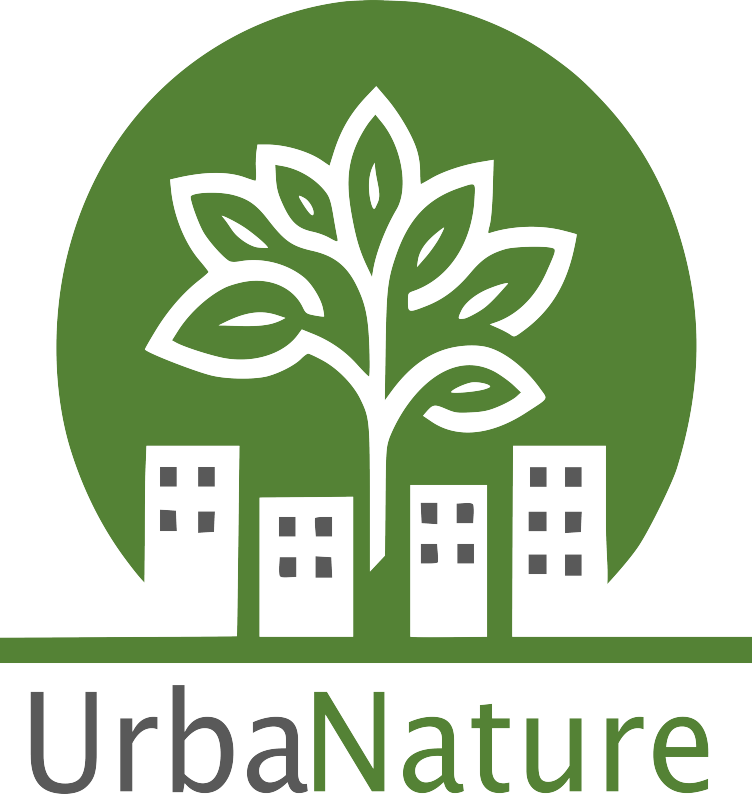UrbaNature: Feedbacks between vegetation, carbon, energy, and water cycles in the urban environment
Motivation

Urban areas create unique meteorological and climatological environments, are projected to increase, but are also responsible for a large share of greenhouse gas emissions. Therefore, they are at the center of many ambitious worldwide climate action plans to mitigate climate change. Urban vegetation is an effective measure to cool near surface air temperatures, to decrease heat stress, and to reduce public health risks during heatwaves. However, the available knowledge and tools for the representation and prediction of magnitudes and dynamics in which urban vegetation alters local carbon, energy, and water fluxes are still limited. Vegetation climate services depend mainly on plant ecophysiological processes (e.g., water uptake, transpiration, photosynthesis, radiation interception), which closely interact with the local environment. But vegetation responses to the unique urban conditions remain largely unknown.
Objectives
With four sub-projects, UrbaNature aims to create new knowledge and develop methodologies on observing and simulating the role of vegetation in carbon, energy, and water cycles in the urban environment. In our sub-project, we will investigate plant ecophysiological responses and plant hydraulic strategies of plants growing in the unique urban environments of Zurich and Basel. This will be investigated along three tasks:
- the quantification of in-situ photosynthesis and transpiration of plant functional groups representative for urban environments,
- the identification of hydraulic strategies of urban vegetation during relevant phenological phases using stable water isotopes, and
- the evaluation of plant ecophysiological responses to the urban environment.